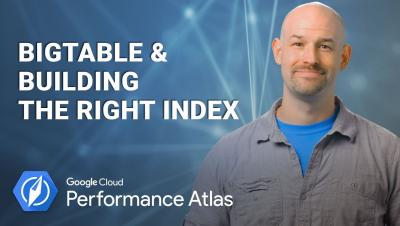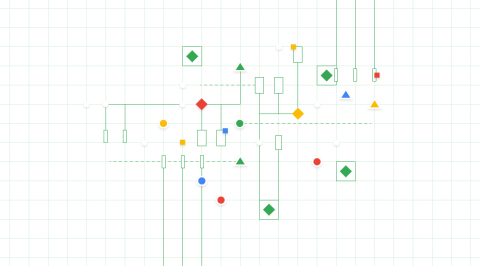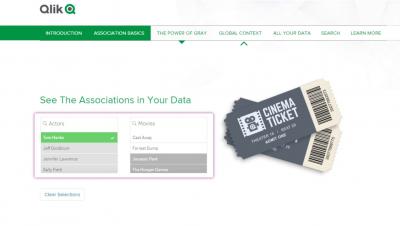Systems | Development | Analytics | API | Testing
Analytics
Lessons learnt from the launch of Stories
"Can I download the data to a spreadsheet?"
At Qlik, we have a saying that an angel loses its wings every time data is exported to a spreadsheet. Don’t be responsible for an angel losing its wings.
Connecting BigQuery and Google Sheets to help with hefty data analysis
As enterprises amass terabytes of complex data, they need tools to house and make better sense of their information. This is why we’ve built BigQuery, to help data analysts deal with large datasets. But not all of us are data wizards. Many of us use spreadsheets to perform ad-hoc analysis.
How Uniper is providing sustainable energy for everyone with a modern digital platform
The energy industry supplies electrical power to consumers from a variety of sources, including gas-based and hydroelectric plants, as well as nuclear and coal-based power plants. As temperature, economic and political events occur along with changes in demography, preferences and technology, shifting demand and supply interact to form prices in competitive energy markets.
A New Era - Hortonworks and Cloudera
The Qlik Associative Difference
5 More BI and Analytics Predictions for 2019
Technology continues to rapidly transform every industry. The world of BI and analytics is no different. We’ve shared five predictions every data leader needs to know about in 2019, but there were five more we couldn’t leave out. 6. Semantic models make a resurgence
5 BI and Analytics Predictions for 2019
The analytics and business intelligence market is set to undergo unprecedented change in 2019. Driven by new technologies like AI and machine learning, along with advances across the cloud ecosystem, data leaders face tremendous transformation - and opportunity. Here are five predictions for what the analytics ecosystem holds for 2019.
New BigQuery UI features help you work faster
Since announcing our new interface back in July, our goal has been to make it easier for BigQuery users and their teams to uncover insights and share them with teammates and colleagues. Whether you’re a veteran or brand new to BigQuery, we wanted to highlight some of the major improvements we’ve made to the interface in the past five months. Some of this functionality was previously available in the classic UI, while other elements are totally new. Let’s take a closer look.











